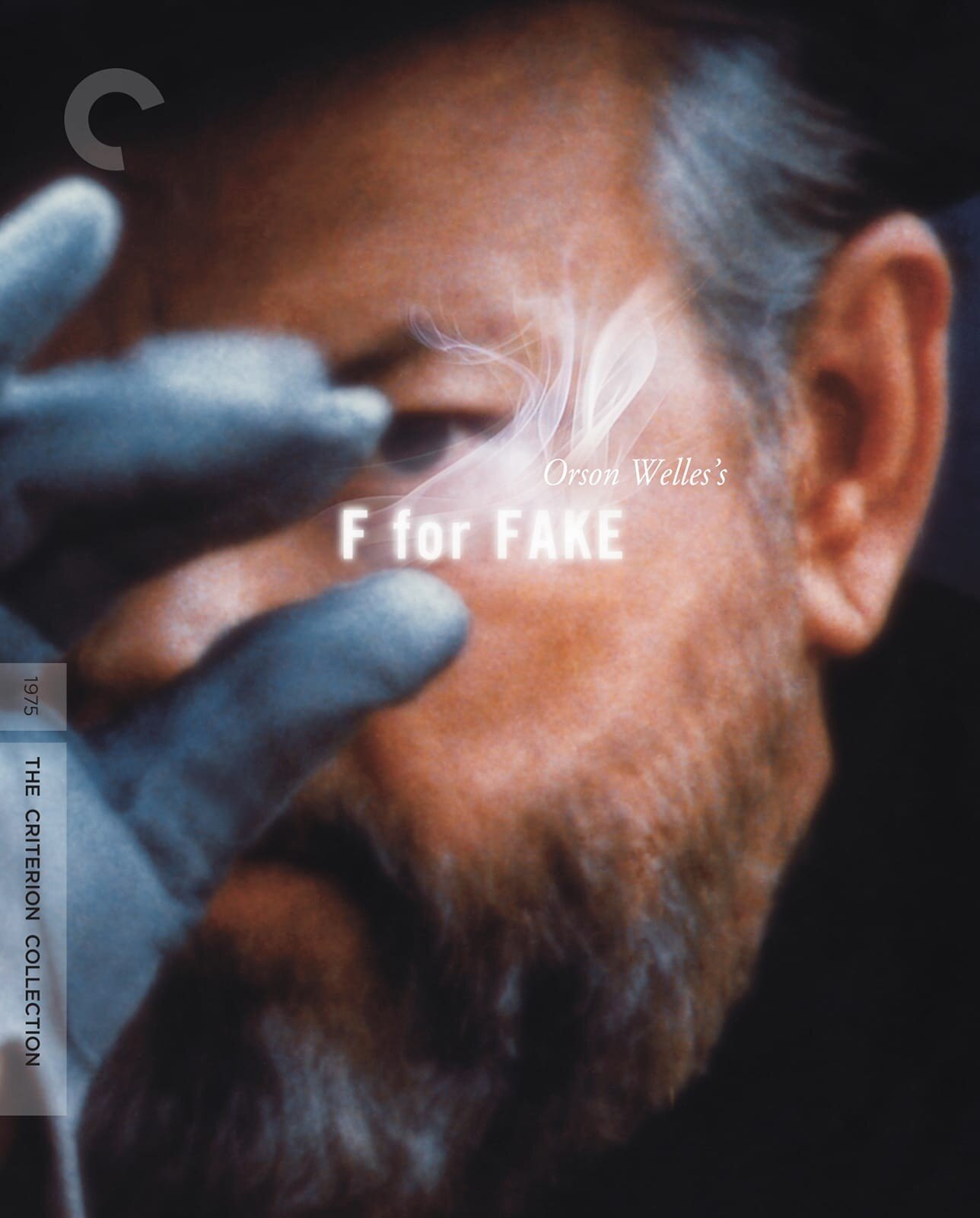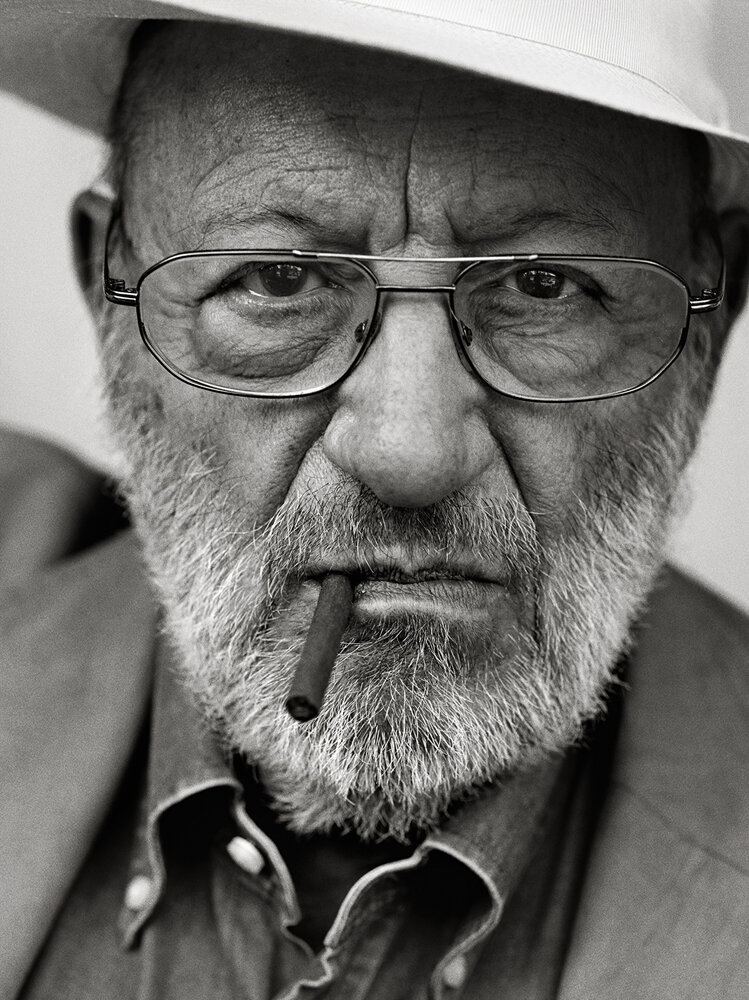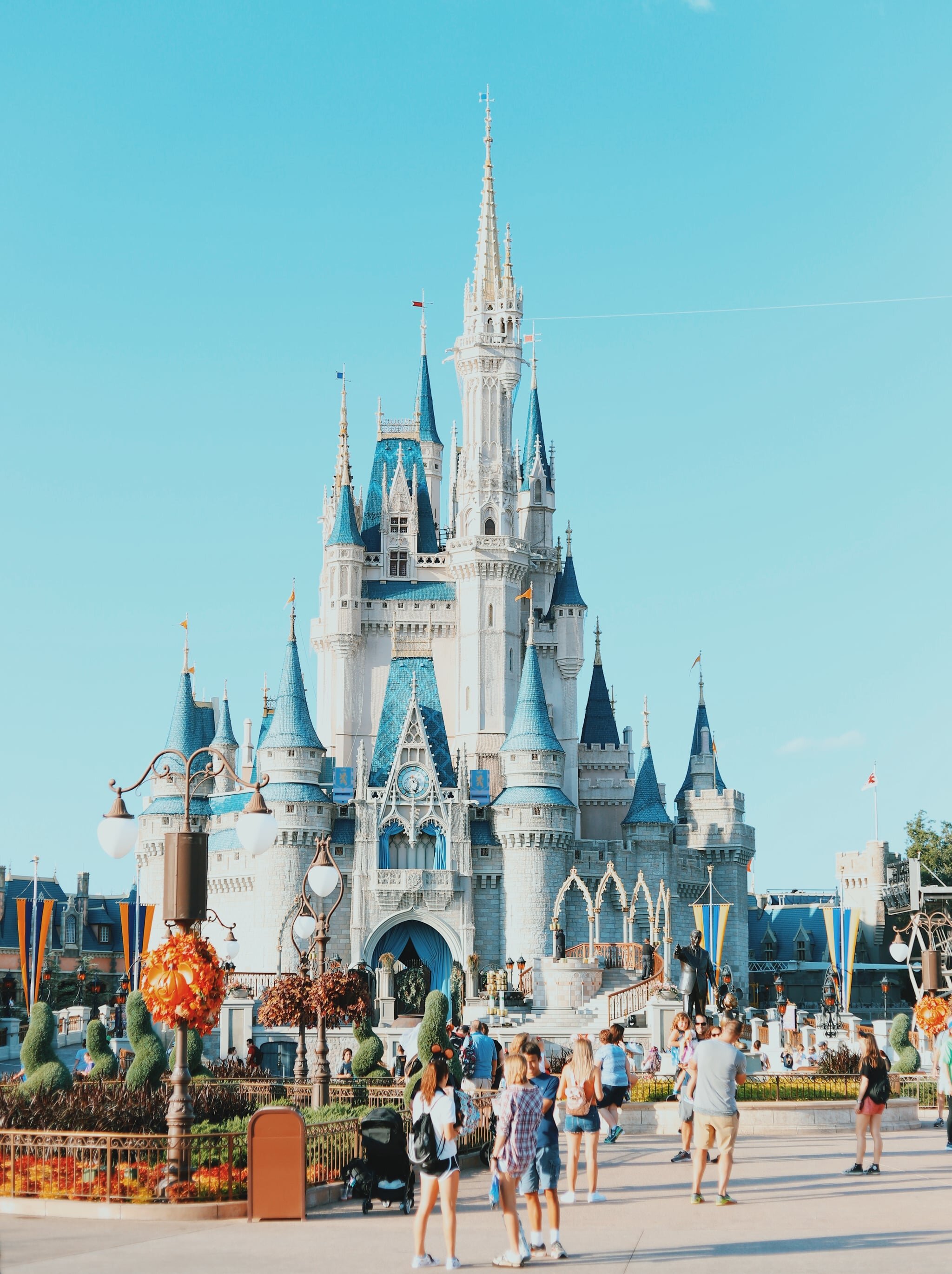An early description of the way contemporary culture is now full of re-creations and themed environments was provided by Umberto Eco. In a brilliant essay, Eco saw that we create these realistic fabrications in an effort to come up with something that is better than real — a description that is true of virtually all fiction and culture, which gives us things that are more exciting, more beautiful, more inspiring, more terrifying, and generally more interesting than what we encounter in everyday life. In his description of Disney, Eco also saw that behind the facades lurks a sales pitch. Put these ideas together and you have a succinct characterisation of the age, which is forever offering us something that seems better than real in order to sell us something. That makes Umberto Eco one of the forerunners of contemporary thinking on this subject.
(One) of the early theorists of simulation was the Italian writer and literary critic Umberto Eco, who went on a tour of America to get a firsthand look at the imitations and replicas that were on display in the nation’s museums and tourist attractions. The essay that he subsequently wrote describing his trip, bore the odd title “Travels in Hyperreality,” which made it sound more like science fiction than the brilliant work of culture criticism it turned out to be. The essay, which is dated 1975, also had an anomalous quality to it. Looking at it, today, it reads like a strange combination of Postmodern philosophy and something out of the Sunday travel section, full of sardonic descriptions and exaggerated denunciations that focus on the cultural shortcomings of America.
In the essay, Eco plays the role of both social critic and tour guide, taking the reader across an American landscape that he says is being re-created in the image of fake history, fake art, fake nature and fake cities. Along the way, he examines a reproduction of former President Lyndon Johnson’s Oval Office, and goes through a reconstruction of a Medieval witch’s laboratory, in which the recorded screams of what sound like witches at the stake can be heard in the background. He travels to wax museums, where artistic masterpieces are re-created and, often, reinvented in unexpected ways, resulting in such cultural mutations as a wax statue of the Mona Lisa and a “restored” copy of the Venus de Milo, with arms. He also enters what he refers to as “toy cities,” including Western theme towns, where the buildings are stage sets, and actors in costume, engage in mock gunfights, for the benefit of visitors.
As Eco explains it, his trip is a pilgrimage in search of “hyperreality,” or the world of “the Absolute Fake,” in which imitations don’t merely reproduce reality, but try improve on it.
Not unexpectedly, it leads him to the “absolutely fake cities,” Disneyland and Disney World, with their re-created main streets, imitation castles and lifelike, animatronic robots. Here, he takes a boat ride through artificial caves, where he sees scenes of pirates sacking a city, in the attraction, Pirates of the Caribbean, and he travels through a ghost story that appears to have come to life, with transparent, dancing spirits, and skeletal hands lifting gravestones, in the attraction, the Haunted Mansion.
It is in the two Disneys, where he finds the ultimate expression of hyperreality, in which everything is brighter, larger and more entertaining than in everyday life. In comparison to Disney, he implies, reality can be disappointing. When he travels the artificial river in Disneyland, for example, he sees animatronic imitations of animals. But, on a trip down the real Mississippi, the river fails to reveal its alligators. “…You risk feeling homesick for Disneyland,” he concludes, “where the wild animals don’t have to be coaxed. Disneyland tells us that technology can give us more reality than nature can.”
He also discovers something else in Disney: a place that no longer even pretends it is imitating reality, but is straightforward about the fact that “within its magic enclosure it is fantasy that is absolutely reproduced.”
But, perhaps his most interesting perception occurs when he discovers, behind all the spectacle in Disneyland, the same old tricks of capitalism, with a new twist: “The Main Street facades are presented to us as toy houses and invite us to enter them, but their interior is always a disguised supermarket, where you buy obsessively, believing that you are still playing,” he writes. He similarly finds in Disney, “An allegory of the consumer society, a place of absolute iconism, Disneyland is also as place of total passivity. Its visitors must agree to behave like robots.”
But what is most remarkable about Umberto Eco’s essay is that, in the two decades since it was published, many of its more extreme observations, if not all its attacks on America, have been confirmed, and, in some instances, surpassed. America, today, is in the midst of a building boom in fantasy environments far more elaborate than anything Eco described, which are giving us a fictionalised landscape and a culture, that has many of the qualities of theme parks.
It seems that wherever one looks in this new landscape, one sees exaggerated variations on Eco’s fake nature, fake art, fake history and fake cities. There are now replicas of rain forests, for example, which have been re-created on a massive scale, throughout the nation, along with future cities, and Jurassic parks, with animatronic dinosaurs. Los Angeles, the city, now includes Los Angeles, the themed mall, with facades that re-create the city’s famous neighbourhoods. Even the movies, where America’s love affair with illusion started, are beginning to surround audiences with electronic images and stage sets, in a new generation of special effects theatres, creating another kind of fantasy environment that is starting to look a lot like fake reality.
The two capitals of this new culture of illusion are Las Vegas and a vastly enlarged Disney World. In just the last few years, Las Vegas, with its Egyptian pyramid-hotel, reproduction of the Empire State building, and fantasy version of the Grand Canyon, has become the city of imitations, that is turning itself into the world’s first urban theme park. Meanwhile, Disney World has expanded, in typically orderly fashion, one module of imaginary worlds, at a time, becoming not a city that is a theme park, but a theme park that has become a city. Disney World has even developed its own suburbs of fantasy, that are filling central Florida with theme park sprawl, as miniature and not-so-miniature attractions, featuring Medieval knights, re-created Chinese buildings, and an animatronic King Kong, spring up around its outskirts.



